When you think of Vikings, you probably imagine violent, barbaric people, armed with shields and swords and long locks of shiny blond hair. Countless movies and TV shows depict these ancient nordic folks, yet we actually know surprisingly little about the real lives that Vikings led. That is, until now... Recent discoveries will completely change the way you view the Vikings, see for yourself!
Let's Start With Their Name
Though it may seem obvious to us that Vikings are called Vikings, they actually never called themselves that! This word in fact stems from Old Norse and its meaning is "a pirate raid".
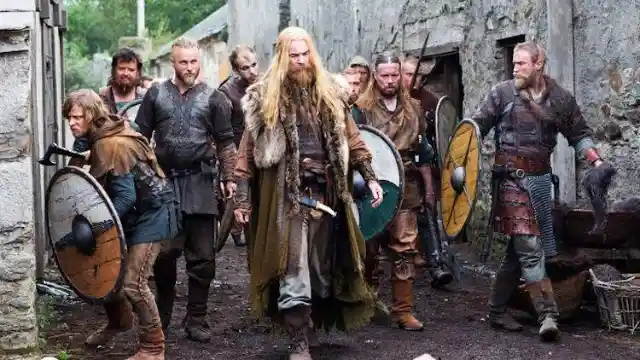
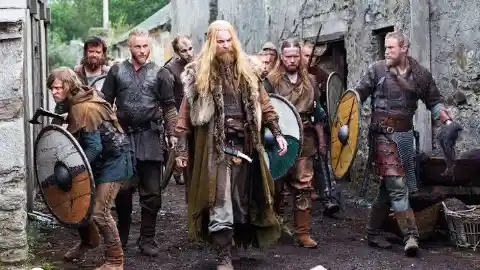
So the Scandinavian tribes we now refer to as "Vikings" would actually use the phrase "going Viking" when they spoke of raiders, but over time the word itself became synonymous with these people.
See how Viking women were ahead of their time:
Myth Busted!
Many comic books, TV shows, and movies perpetuate a classic image of the typical Viking - a tall, chubby man with a long light-colored beard and - of course - a horned helmet.
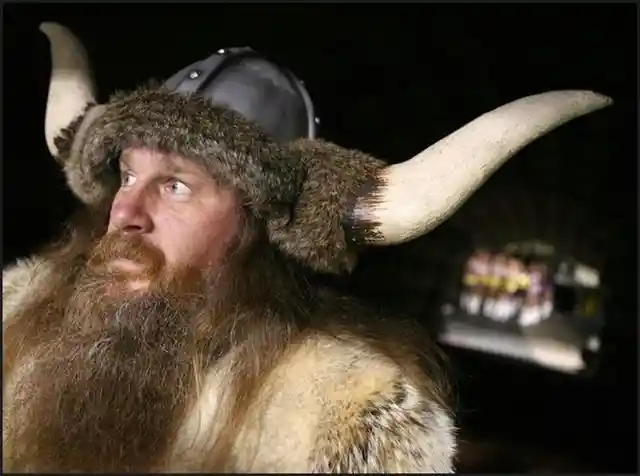
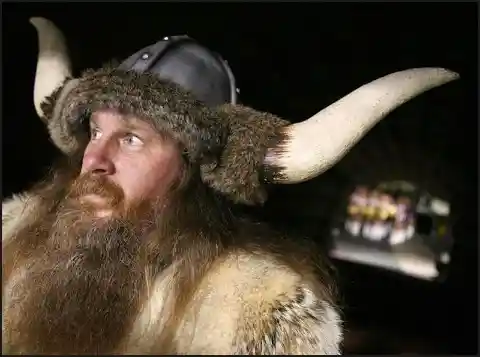
But the horned helmet is a total Viking myth! The common misconception actually started in the 19th century, when painters chose to depict the Vikings with horned helmets on the basis of defamatory descriptions from northern Europeans.
Meow!
The fertility goddess of the Viking folks is called Freya and is known to have a chariot carried by two slate-colored felines.
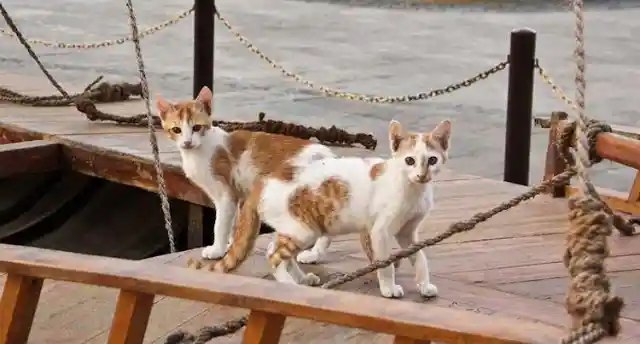
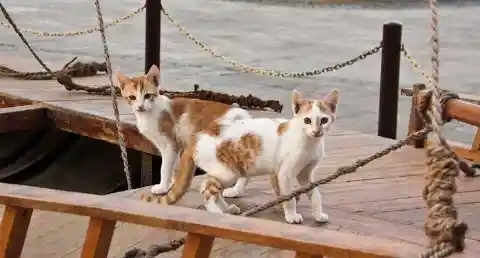
Cats were therefore loved by the Scandinavian pillagers, who would keep kitties to eliminate pests and act as furry companions.
They Used... Urine?
How do you light a fire? You probably just light a match or use a lighter. Well, the Vikings had an interesting approach to fire - they would boil a fungus called Fomes Fomentarius, in human urine, for a few days.
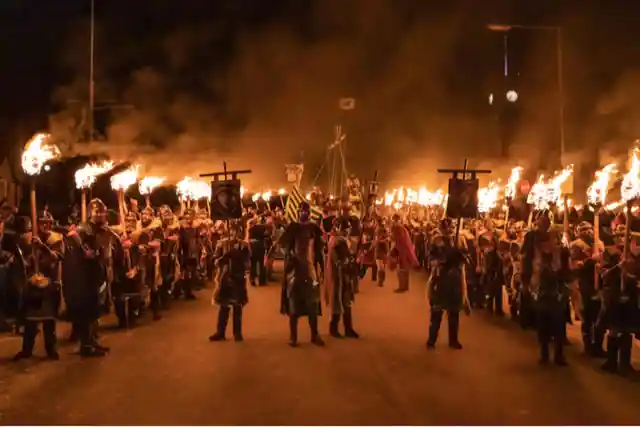
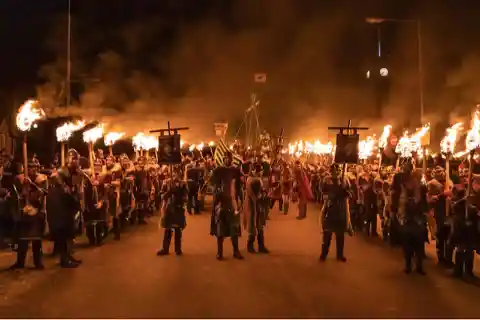
Then, they would clobber the urine-soaked fungus until it had a felt-like texture and could easily be sparked. Basically, the urine's sodium nitrate allowed the char cloth fungus to smolder for days on end. Their fires probably didn't smell so lovely, but the Vikings sure are an inventive people!
The Dark Side Of Power
Physical health was greatly valued by the Vikings because many of their day-to-day chores depended on great strength and self-sufficiency. But unfortunately, their love for power had a very dark side.
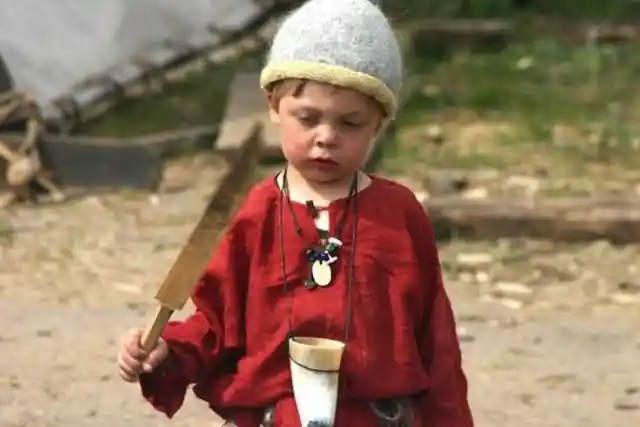
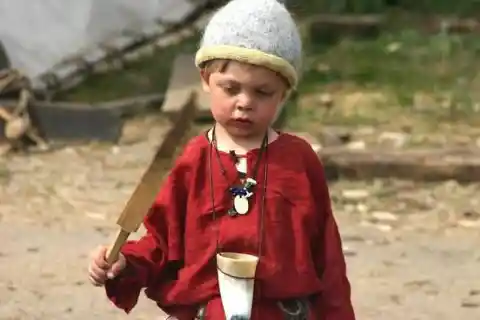
To ensure the survival of their people, the Vikings went to great lengths. If children were born weak or sickly, they would simply abandon them. Harsh.
Taking To The Alps
Don't you just love a good wintery ski vacation? The Vikings did, too! Apparently, pieces of skiing devices were found in 1960 and dated back to 6000 BC.
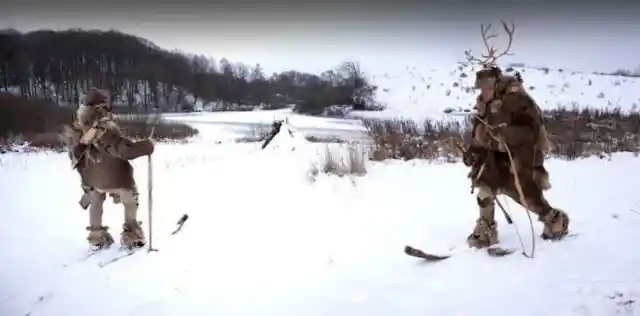
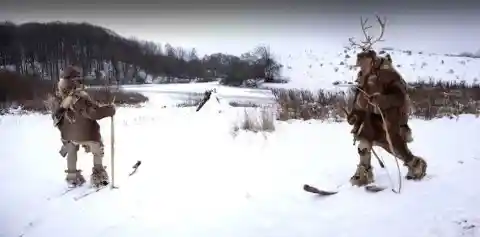
The Vikings didn't just use skiing as an efficient mode of transportation - they also enjoyed it as a competitive sport. They even had a god of skiing, Ullr, which they would worship daily!
Filthy Beards? No Thanks!
We may imagine the Vikings as a scruffy, filthy group, but they were in fact much cleaner than we think.
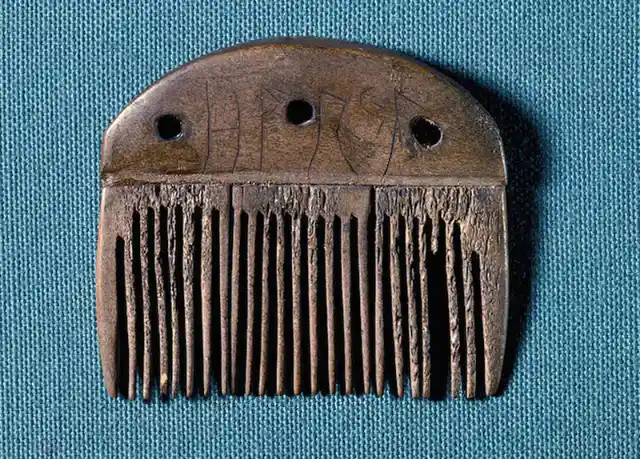
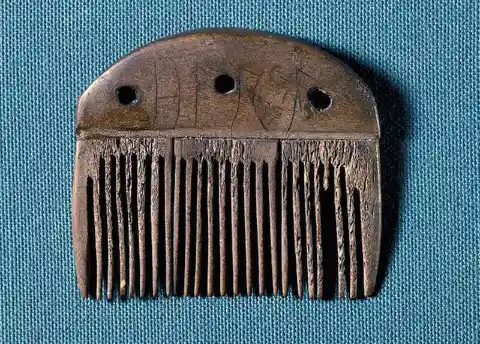
Recent artifacts found proof that they made ear cleaners, combs, razors and even tweezers from antlers and animal bones. They also regularly bathed and went swimming in hot springs. Squeaky clean!
A Deceptive Shield
When going on the occasional pillage or participating in a casual war, the Vikings would shield behind beautifully decorated shields. But, as it turns out, the purpose of the decorations wasn't just ornamental.
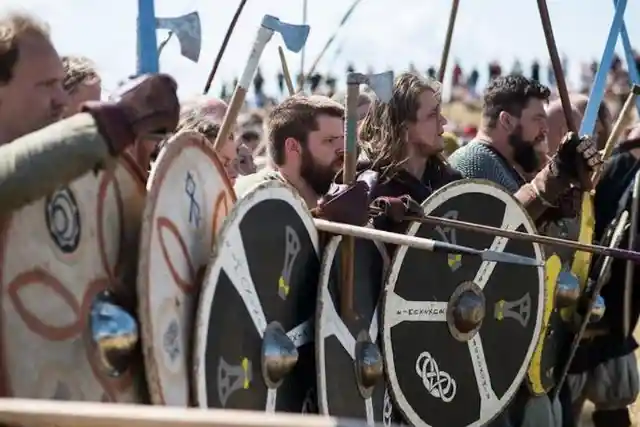
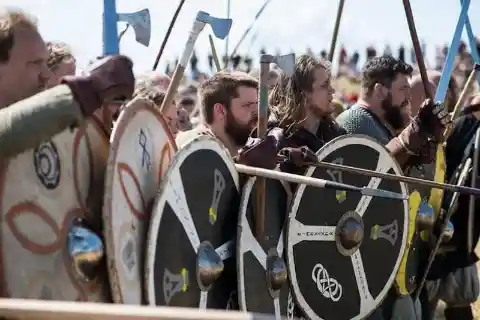
You see, the Vikings used wooden shields to hide behind, and since wood isn't the strongest material, they would paint elaborate designs to hide the wood grain and confuse the enemy.
Ahoy
Vikings are known for their beautifully designed longships, and for good reason. These people have proven themselves to be some of history's best shipbuilders.
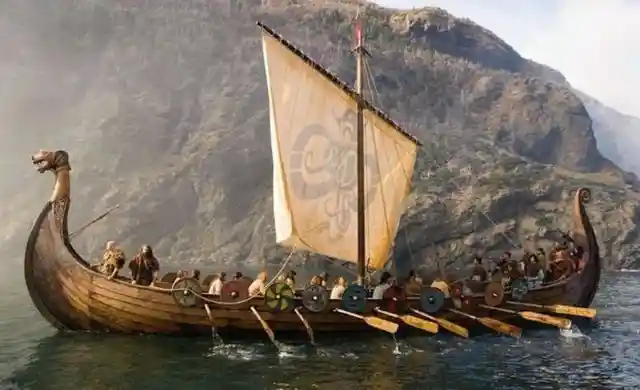
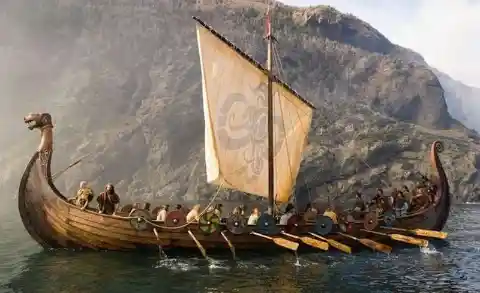
In fact, their longship designs, which were motored by a combination of wind and manpower, were later adopted by many other cultures and became the golden standard in the field for centuries to come.
Absolutely Berserk
Some of the elite warrior Vikings were collectively known as the "berserkers". They would fight in an alcohol-and-drug-induced "trance-like fury" and wore animal pelts.
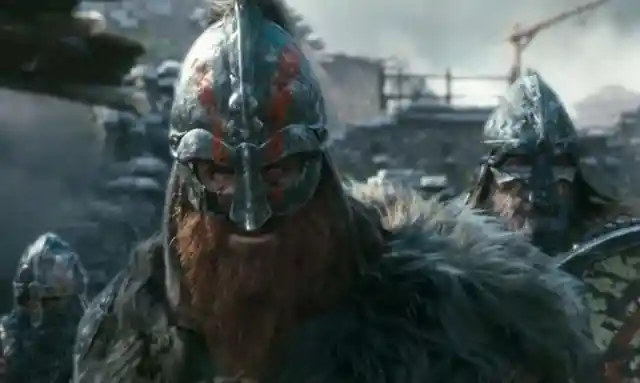
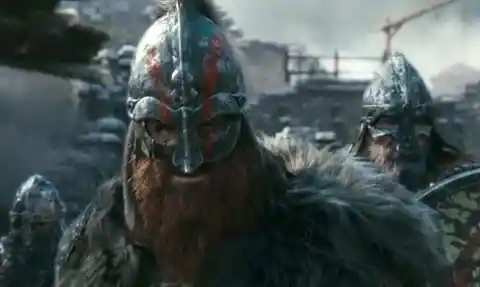
So that's where the word berserk comes from if you were wondering. Ah, the more you know...
Protection From The Sun, But Make It Fashion
Some Vikings would don eyeliner made from lead, oxidized copper, ash, antimony, and burnt almonds.
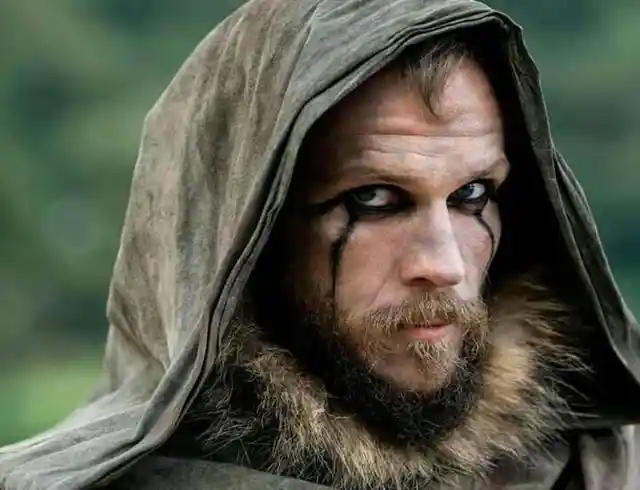
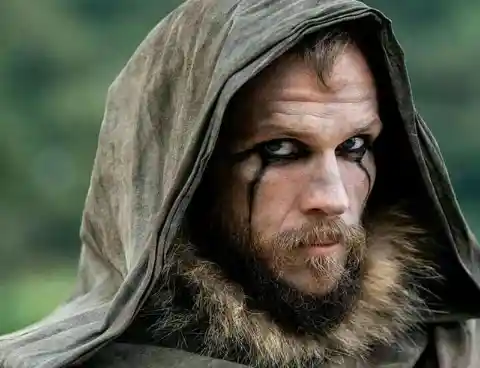
Why? Besides the obvious glamour of a smokey eye look, the Vikings actually used eyeliner to protect their vision from the sun's strong rays!
More Peaceful Than We Think
It's easy to remember Vikings mostly for their pillaging and brutal wars. But in fact, a majority of these Norse communities would lead peaceful lives as farmers.
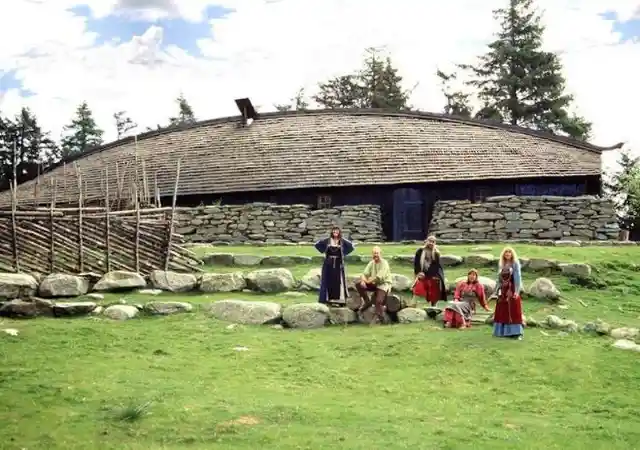
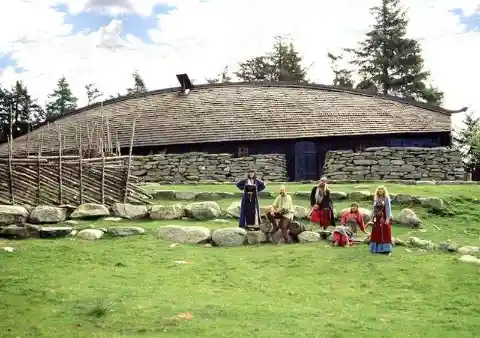
They would cultivate vegetables including onions, cabbage, and beans, and owned livestock such as sheep, pigs, geese, chickens, and goats. They also grew oats, barley, and wheat to make flour, porridge, and ale.
Warrior Queens
Researchers at Stockholm University as well as Uppsala University found concrete evidence to support the History claim that some Viking warriors were in fact, women!
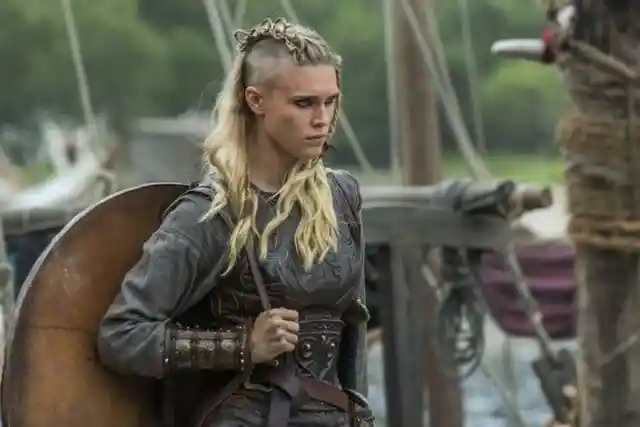

Being a Viking warrior meant holding a high-status position within society, and it's quite surprising to see that ancient culture was so egalitarian in that sense.
More Evidence Surfaces
Several ancient battle weapons were found buried in the grave of a female Viking skeleton, as well as two horses and a full game board.
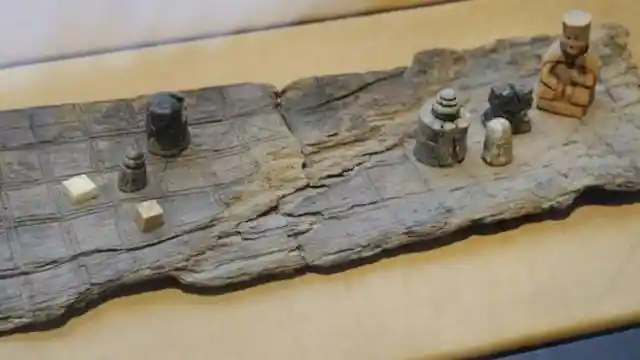
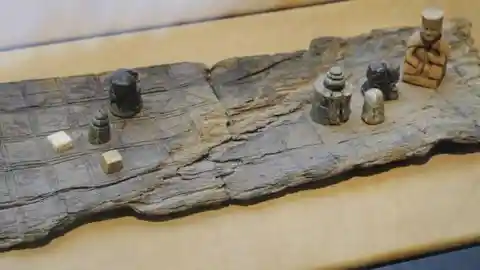
The game board was a symbol of honor, signifying that the one buried there was a high-ranking combatant with expertise in strategies. You go girl.
But That's Not All
Not only were Scandinavian women warriors, but they could also own property and file for divorce, which was quite unusual for cultures at the time.
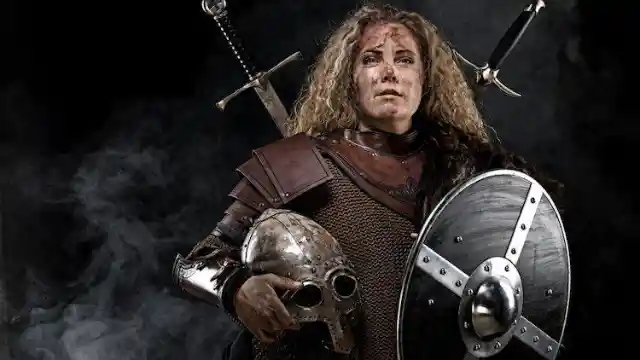
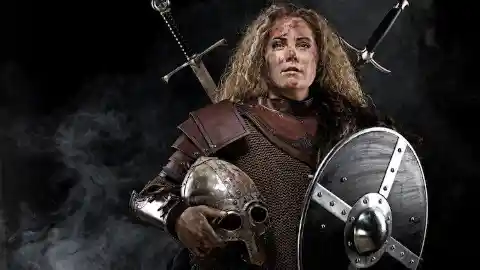
They would also become the new head-of-the-household in case their husbands passed away and would be the new providers for their families. This meant a lot of independence and economic opportunities as farmers and traders.
They Do Love Their Swords
Boy, did the Vikings love their swords? The most prized possession a Viking could own was in fact a sword, as it was a symbol of wealth.
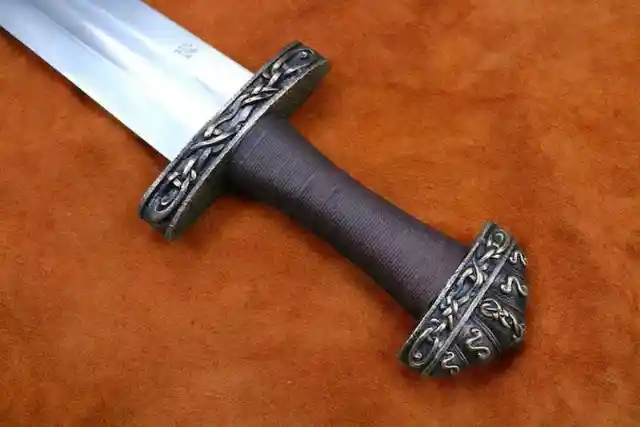
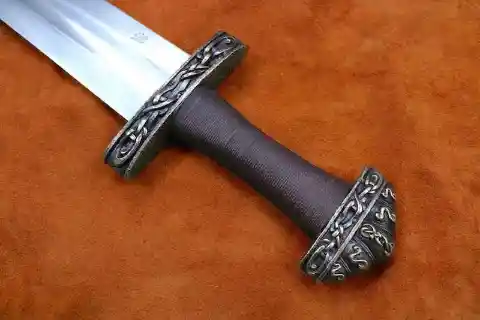
Swords were wildly expensive as crafting a blade required expertise craftsmanship, making them a luxury item. Most Vikings could not afford a sword.
At The Valkyries' Mercy
Vikings would worship and fear Valkyries, powerful female mythological beings which were praised by Odin, the powerful sky god.
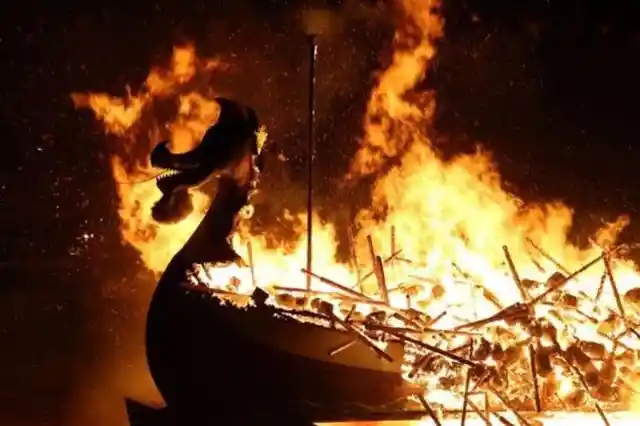

The Valkyrie warriors decided who was destined to live in battle and who was destined to die. Their name was synonymous with "choosers of the slain". Eerie!
Gulp Gulp
Vikings are known to have enjoyed a drink or two, and would often drink some alcoholic liquid courage before going into battle. They would specifically consume a ton of mead.
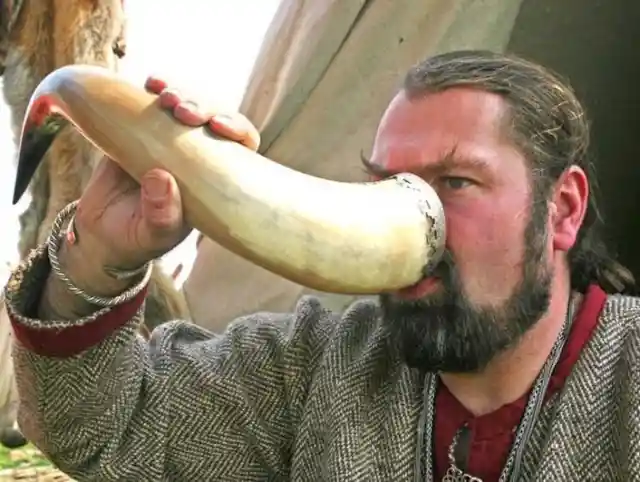
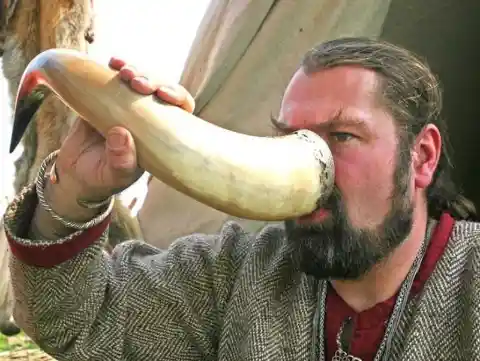
Their drink of choice would consist of three ingredients, fermented together over time to produce mead: yeast, honey, and water. Simple as that.
Guilty Of Human Trafficking
It's no surprise that the Vikings had their share of problematic practices, including human trafficking and owning slaves. They traded for slaves who would help take care of their farms, which they called "thralls".
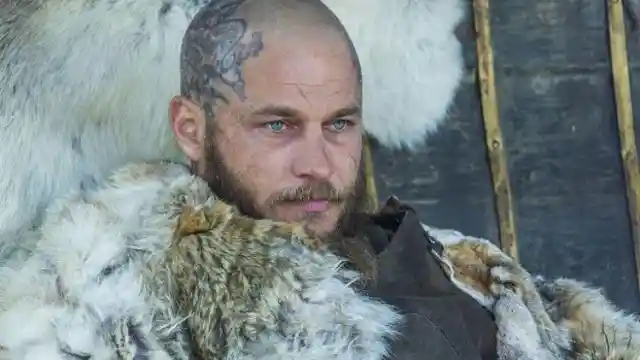
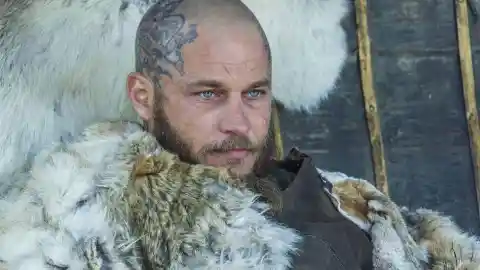
Many Vikings would acquire their wealth through human trafficking, by kidnapping young boys and women from Northern Europe and trading them as slaves. Bummer.
Filing Away
Archeologists were surprised to discover skeletal remains of Vikings with filed teeth.
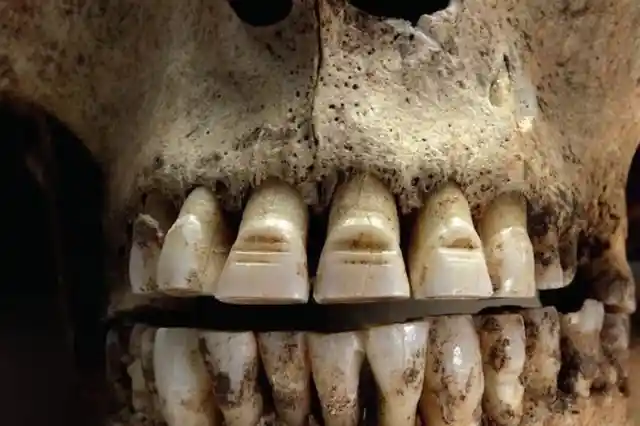
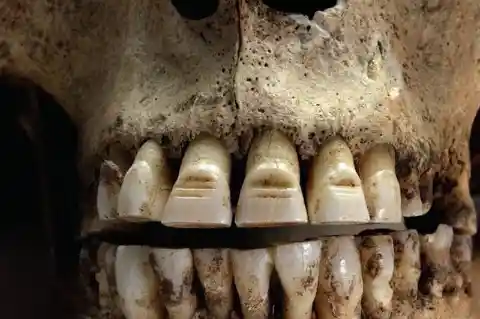
Vikings would file their teeth down horizontally and would even put little notches and Vikings into them, which anthropologist speculate could signify an achievement or just act as an embellishment.
Knattleikr Captains
Can you even imagine a crew of heavily bearded Vikings playing hockey? Apparently, a game called Knattleikr was one of their favorite pastimes.


It involved a ball and sticks, closely resembling a combination of hurling and hockey! Nowadays, some history re-enactors have revived the game, which has become a favorite among athletic American history buffs.
They Discovered America First, No Biggie
As all of us remember from our history class, Christopher Columbus discovered America... Right? Wrong! About half a millennium before America was "discovered" by Christopher Columbus, Vikings had already explored the new world.
A Viking called Leif Erikson led an expedition into the areas of Newfoundland and Labrador, Canada, around the year 1000 AD.
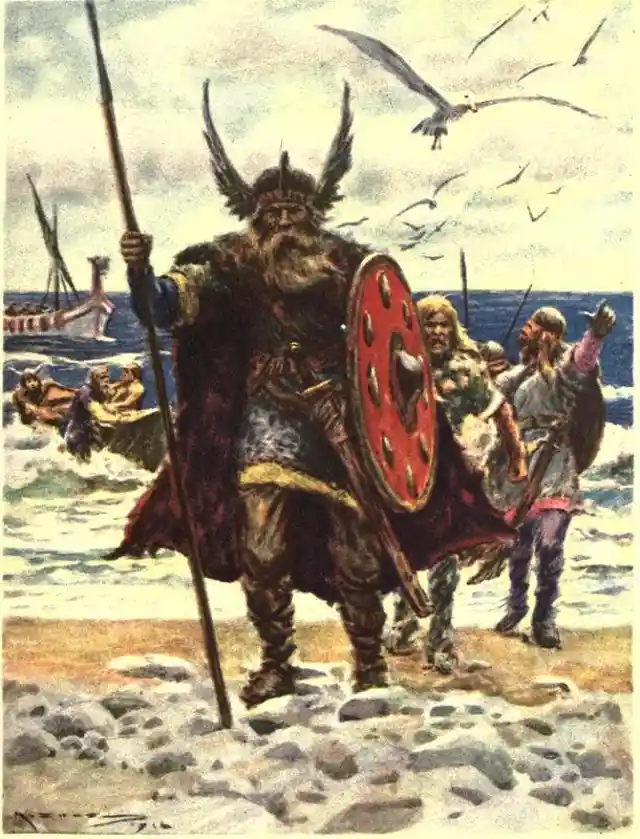
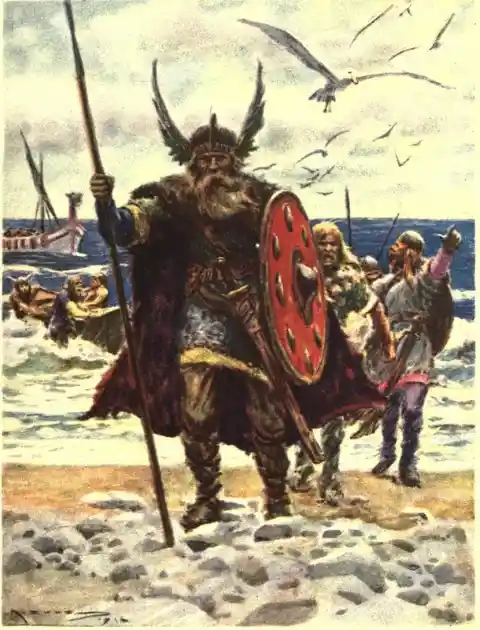
The Vikings named the area Vinland, and while not much evidence of their colonization remains, some traces of their presence in America can be seen in places like L'Anse Aux Meadows.
Lovers, Not (Just) Fighters
It may surprise you just how free-spirited the Vikings were when it came to love and marriage! They were basically a step away from living in hippie communes.
You see, women were allowed to sleep with men without marrying them, and they could even do it if the man was already married to another woman!
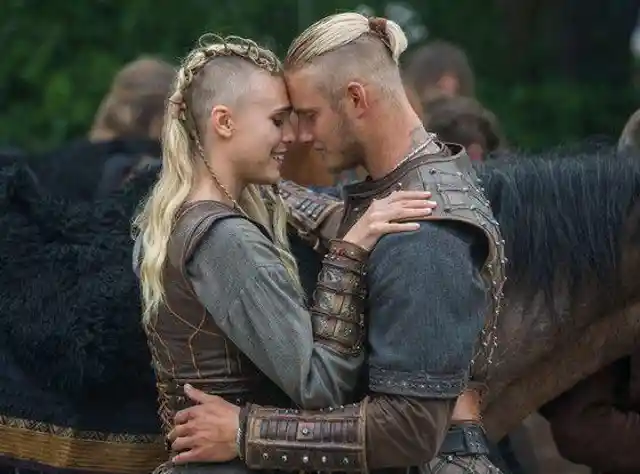
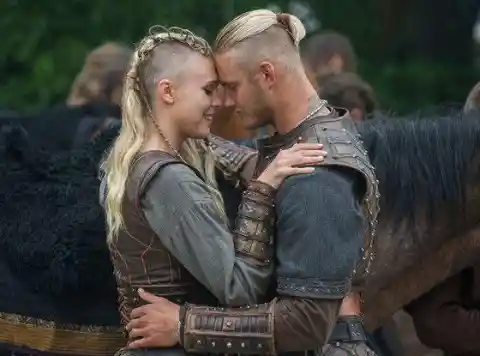
Unlike other medieval cultures, where having illegitimate children could get a woman killed, in the Viking society there was no concept of "legitimate" or "illegitimate" children. All children were welcome - as long as they weren't weak or sickly, that is!
Messages From The Past
If you're ever visiting one of the Scandinavian countries, make sure to explore the countryside to discover these large stones and try to decipher these ancient messages!
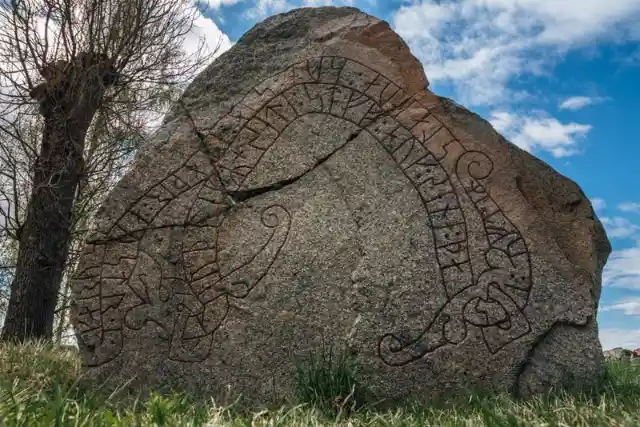
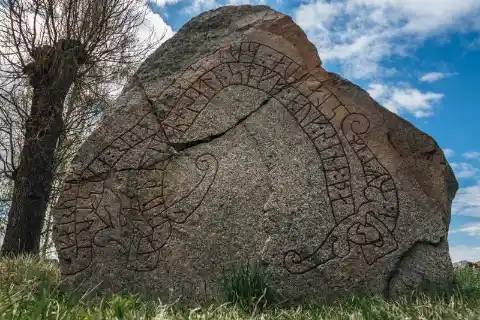
That is if you're proficient in Runor, the unique alphabet used by the Vikings. While there are barely any written remnants of runor on paper, these runestones still dot the Scandinavian landscapes, telling stories of warfare and memorializing the dead.
Bear With Us
So we already know that Vikings loved their cats - which is quite a surprise. But some Vikings enjoyed keeping a different type of animal as a pet. Can you guess which?
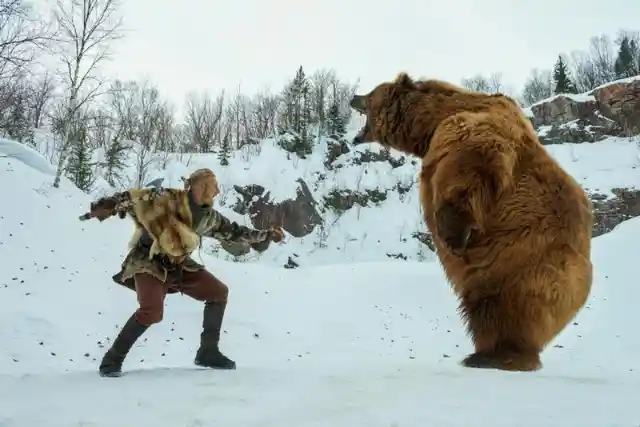
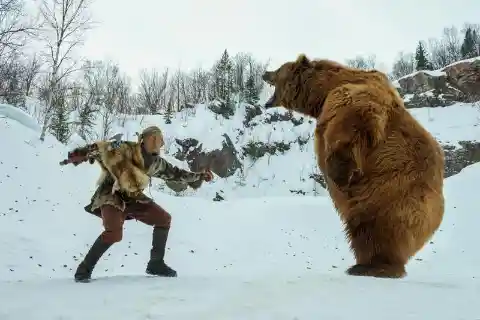
That's right, Vikings would sometimes keep polar bears and brown bears as pets! Eventually, though, they outlawed this practice because the bears' disruption of daily life became unbearable. Get it?
Gentlemen Prefer (Being) Blonde
Close your eyes and imagine a Viking man. What do you see? Surely the image that popped into your head was that of a man with light eyes, light skin, and long blonde hair.
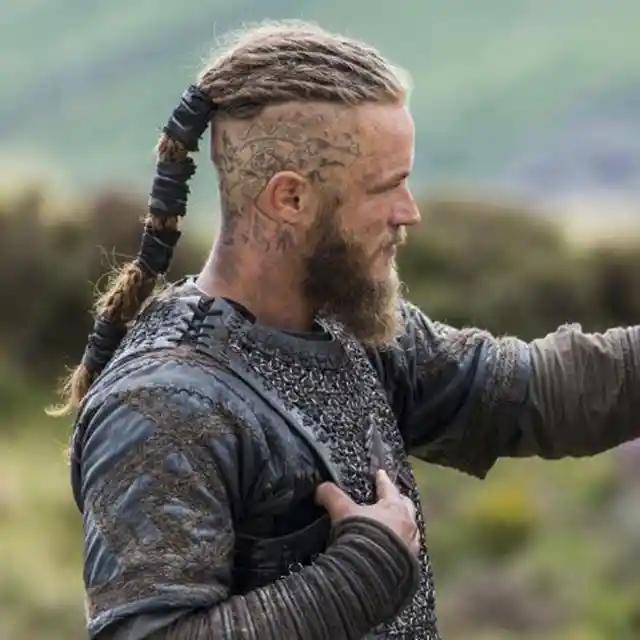
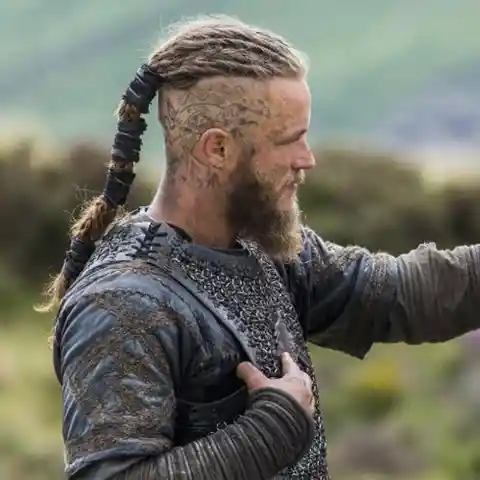
But while blonde is quite common in the region, there were also plenty of redheads and brunettes. So why do we associate the Vikings with blonde hair?
The fascinating explanation is that men with dark hair would bleach their hair and beards to combat lice! And also because it was trendy, of course.
How Do You Say 'Cake' In The Viking Language?
The Vikings were not only talented silversmiths and shipbuilders - but they were also quite the wordsmiths! And since the Vikings ruled English territory for a significant period of times, many of Norse words were adopted into the English language.
Can you guess which English words originally came from the Vikings?
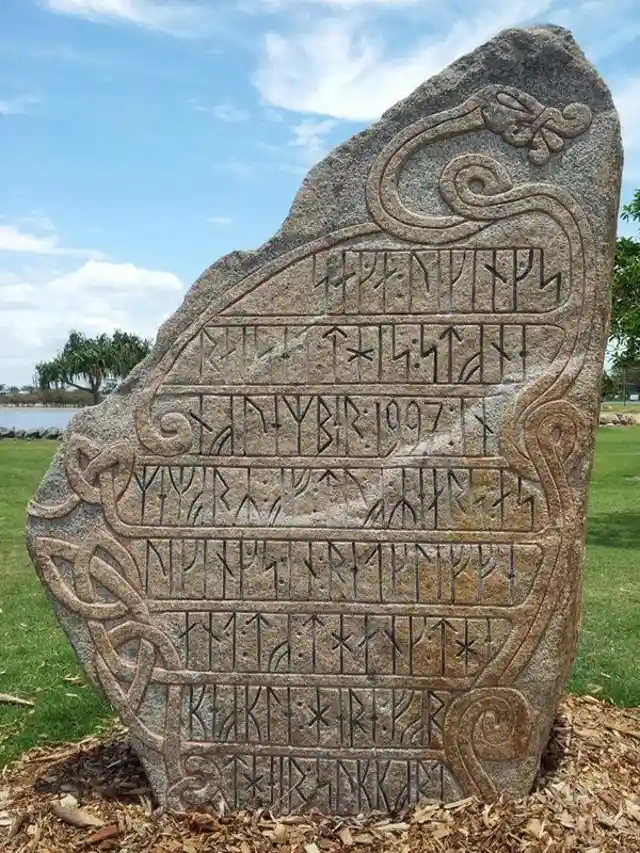
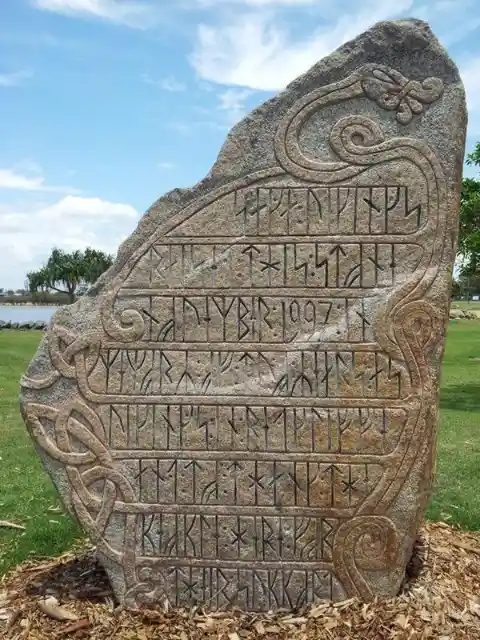
You probably won't be surprised to learn that the words anger, hell, ugly, weak, skull and slaughter all came from the Norse language. But did you expect the words freckles, cake, husband, or wife to be on the list?
The End Of An Era
When the Norwegian king Harald III was mercilessly defeated by Saxon King Harold Godwinson in the Battle of Stamford Bridge of 1066, the Vikings' rule of terror began to crumble.
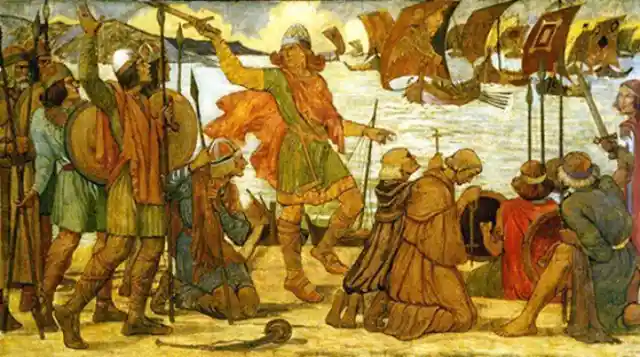
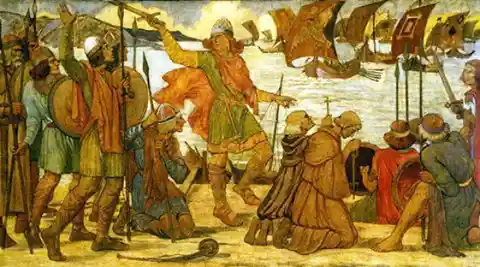
The rise of formally established royal authority in Scandinavian countries, along with the establishment of Christianity as a dominant religion, all helped push the Viking's empire into its final decline.
Modern Tributes
Throughout the world, Vikings have become a symbol of raw strength, exploration, and plain old medieval fun. There are countless sports clubs and school mascots inspired by the Vikings.
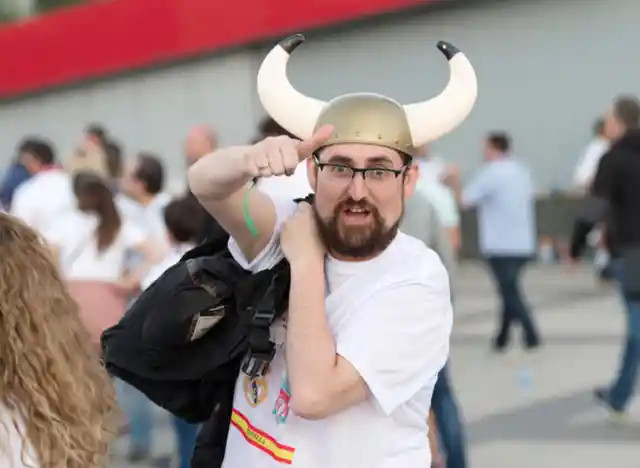
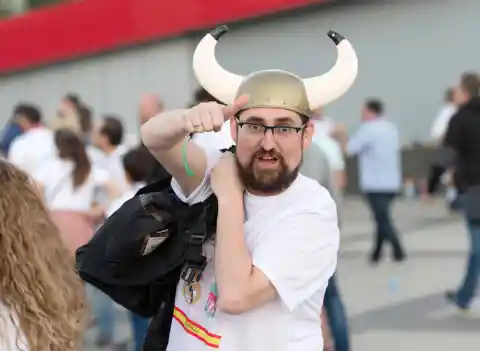
But of course, in Scandinavian countries, the Vikings' legacy lives on through their modern descendants, who are proud of their countries' wild past.
Many Years Later
Vikings disappeared from the earth years and years ago, but their descendants honor their legacy through research, artifacts and national symbols.
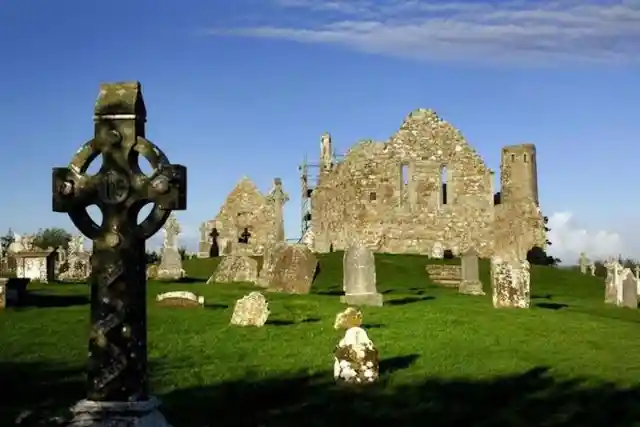

Recent discoveries have dramatically affected what we know of Vikings and how we view them. We bet you never knew how much these war-mongering folks loved their pet cats!
Viking Trading Posts
The Vikings were known for being amazing traders, regularly exploring new areas buying and selling goods. Trading was a culturally significant activity, and the Vikings also just enjoyed doing it. They established trading posts in Belarus, Ukraine, and Western Russia.
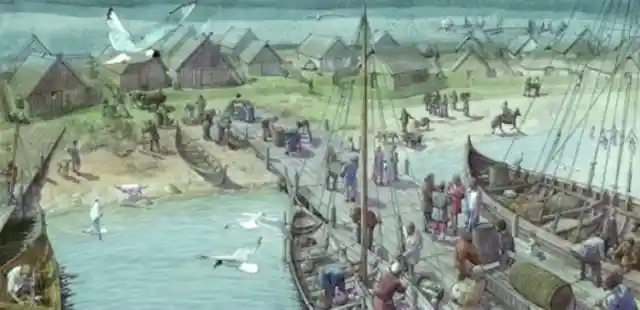
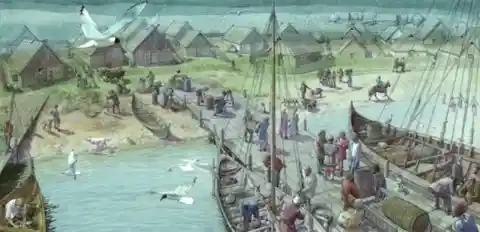
They eventually cruised down the Volga and Don Rivers and arrived at the Black and Caspian Seas. The trading posts set up by the Vikings turned into a hub that expanded and developed into Eastern Europe's most significant urban areas.
Silver Stopped Vikings From Attacking Their Victims
To prevent the Vikings from attacking, potential victims would sometimes pay them in silver. This practice started in the late 10th century, with the English and French paying tremendous amounts of money for Vikings to spare their lives. Vikings routinely made hauls of up to 27,000 kg of silver.
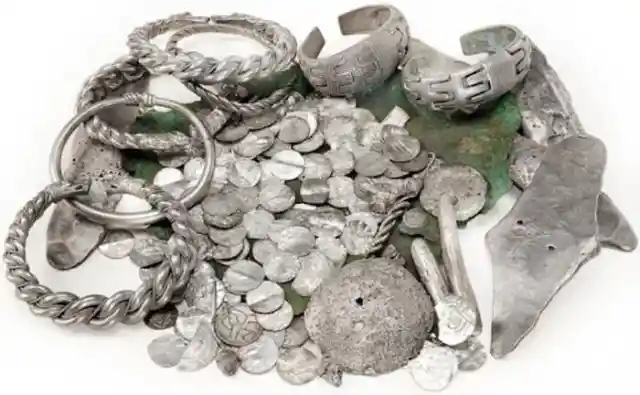
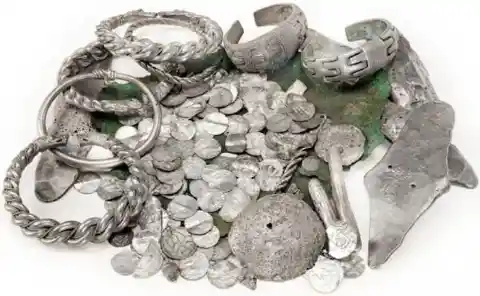
Though victims thought this would keep them free from any assaults, the practice only triggered the Vikings, who returned the following years, with the implicit agreement that if they weren't paid, they'd launch an all-out attack.
The Start Of An Era
The Carolingian Empire was founded by Charlemagne, also known as Charles the Great. The European empire at this time encompassed most of Germany, parts of Spain, and Austria.
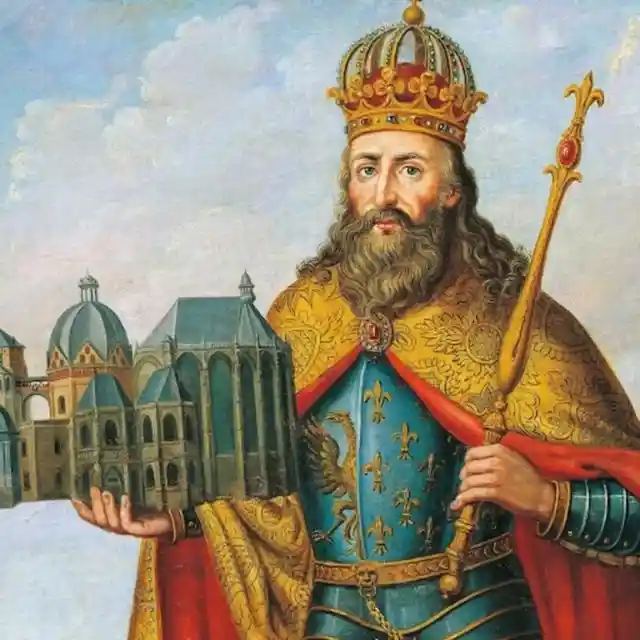
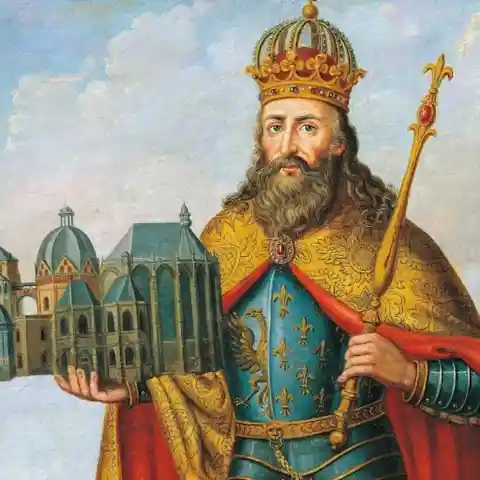
At the time of his invasions, Charlemagne defeated the Saxons of Northern Germany and the Frisians (in what is currently the Netherlands). Both the Frisians and the Saxons were foes of the Vikings and had been keeping them under control. As the Carolingian Empire disintegrated after Charlemagne's demise, the Vikings exploited Europe's vulnerability.
The Mysterious Viking Raids
As to the motives of the Viking raids, one common theory is that they were due to a lack of opportunities in their homeland. Inadequate farmland and the tradition of fathers entrusting their estates to their eldest sons were said to be crucial factors.
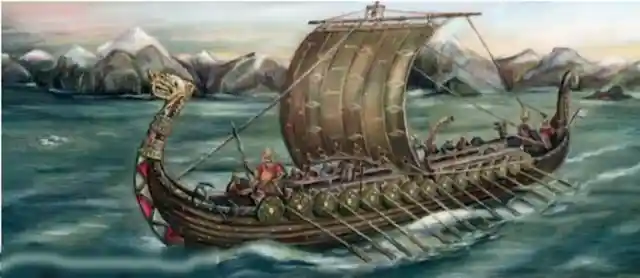
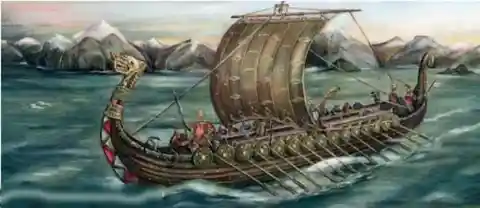
Then there’s the theory of the shortage of women for Viking males. This may explain why Viking raids involved kidnapping women for marriage in addition to stealing gold and taking people as slaves. The list of theories goes on and is still hotly debated by historians.
A Legendary Viking Fortress
Jomsborg’s exact location remains unknown, and historians actually doubt its existence. People who believe in its existence maintain that it is now in Wollin, Poland. According to legend, the Viking fortress stood between the 10th-11th centuries and was eventually crushed in 1043 by King Magnus the Good.
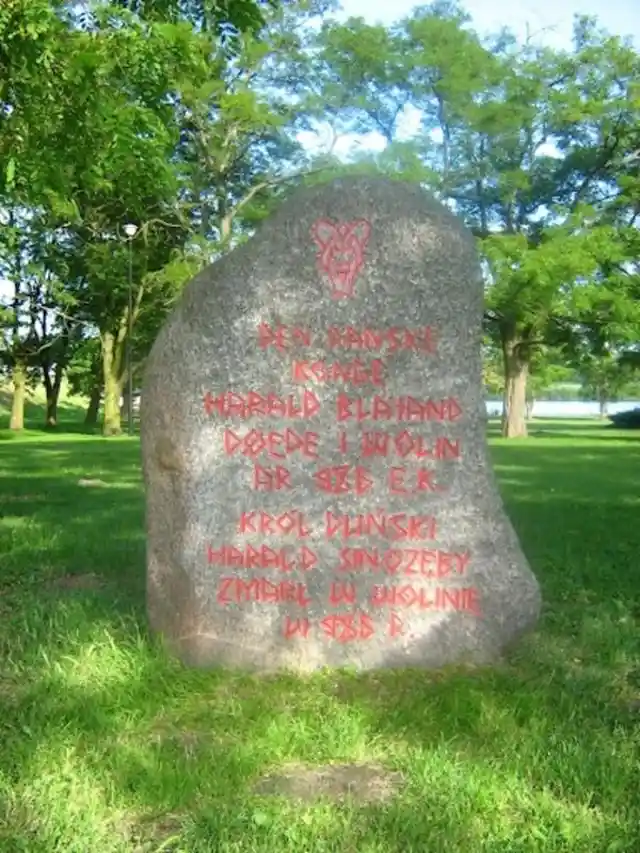
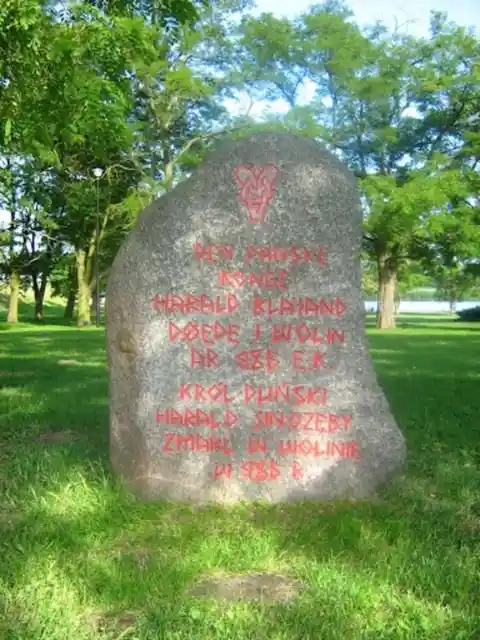
In 2014, potential proof for Jomsborg was discovered – a gold disc referencing the fortress and King Harald Bluetooth. In case you’re wondering, the answer is yes – the technology behind your wireless devices was named after King Harald Bluetooth!
Special Treatment For Their Dead
The Vikings honored their dead with cremation or burial. Either way, the deceased received offerings like food, drinks, and even weapons to keep them full and able to protect themselves in the afterlife.
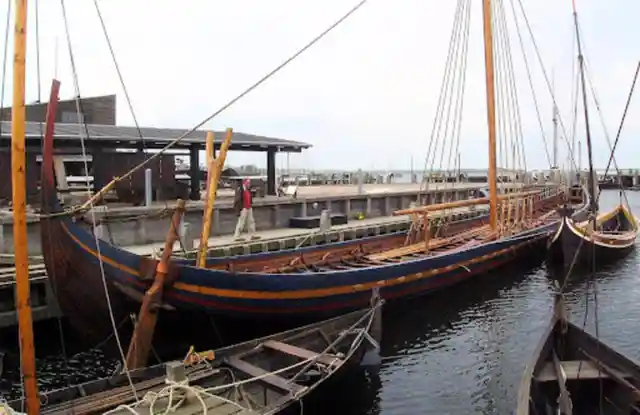

Affluent Vikings may be given ship burials. A high honor and expression of status, ship burials were thought to bring the deceased into the afterlife safe and sound (and in style). Did you know that such flashy funerals were common during the Viking era? We had no idea they were so elaborate.
Karls Could Become Jarls
In Viking society, Jarls were the rulers, while Karls were the workers. While most Karls were farmers, they could rise up the rank and become Jarls. The exact process isn’t known. All we do know is that it wasn't thought of as unusual for a Karl to become a Jarl.
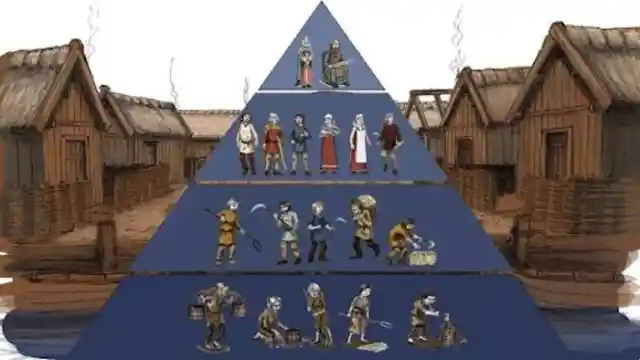
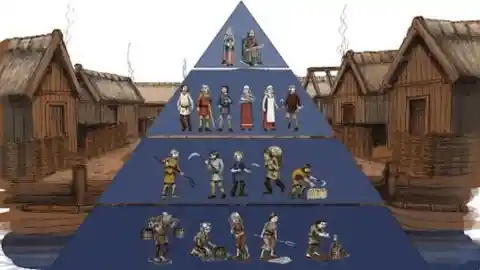
Unlike slaves in other parts of the world, Viking slaves were still treated as individuals, and their proprietors couldn't kill them spontaneously. Liberated slaves became freedmen. While having fewer privileges compared with Karls, freedmen could claim land of their own. Grandkids of freedmen naturally became Karls upon birth.
The Rights Of Viking women
According to Viking law, Viking women and men had equal rights. There was a social assumption that ladies should marry a man chosen for them by their folks. However, women still reserved the right to divorce their spouses and remarry.
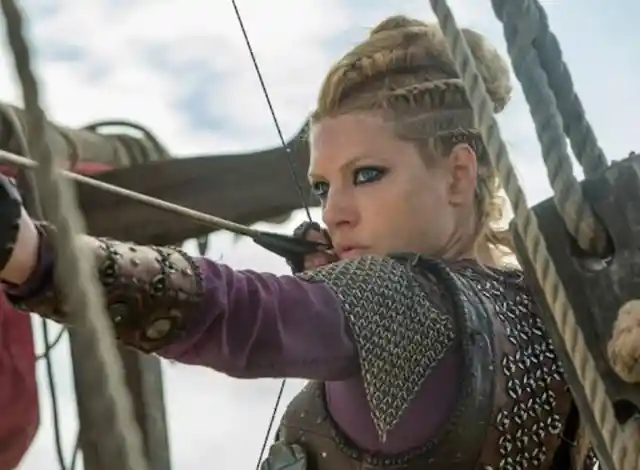
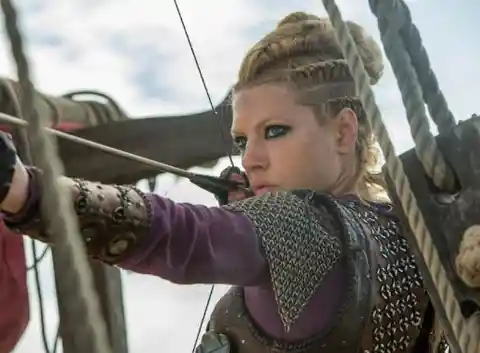
Viking ladies who lived with a partner and had children outside of marriage were accepted by society. While sons preceded daughters in terms of legacy, a woman could acquire her parents’ property if she had no brothers. Though there wasn’t absolute equality, Viking women enjoyed more rights than most people imagine.
Vikings Also Engage In Peaceful Sports
Viking sports ranged from unarmed combat – think wrestling and fistfights – to weapons-based competitions – think spear and rock tossing. But did you know that Vikings also engaged in nonviolent sports? Among these peaceful activities were swimming and mountain climbing, which was vital given the ocean's centrality to their way of life.


Vikings were strong warriors, and it seems that they were capable of anything, especially tasks that required stamina and focus. Both games and sports were regular leisure activities to them, and they loved to compete and prove their worth.
Vikings Never Wore Winged Helmets
Did Vikings ever wear winged helmets during wars? We’re as curious as you are to learn the answer! Based on historical research, it seems that they didn’t wear winged helmets at all. What about the legendary Brunhilde and the Marvel superhero Thor? Where did their winged helmets come from?
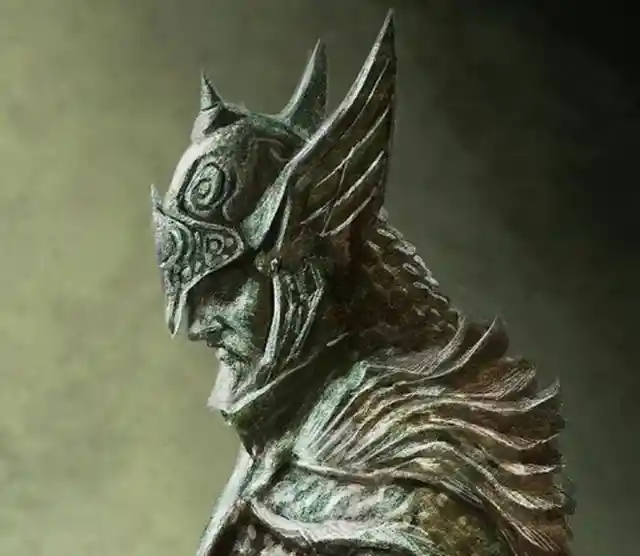
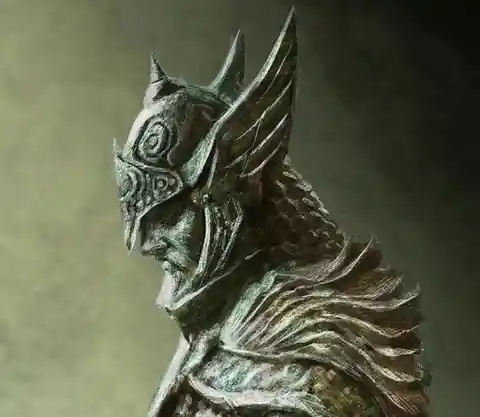
Winged helmets are a mistaken belief inspired by many 19th century Romantic artists. They are part of the fabulous impression of Vikings from the late-eighteenth century, but the winged helmet look was never one the Vikings rocked in real life.
Vikings Were Not Called “Vikings”
Although historians don’t know exactly what the Vikings called themselves, they do know that the word wasn’t “Viking.” That word came into fashion during the 19th century – nearly 800 years after the historical “Vikings” faded away.
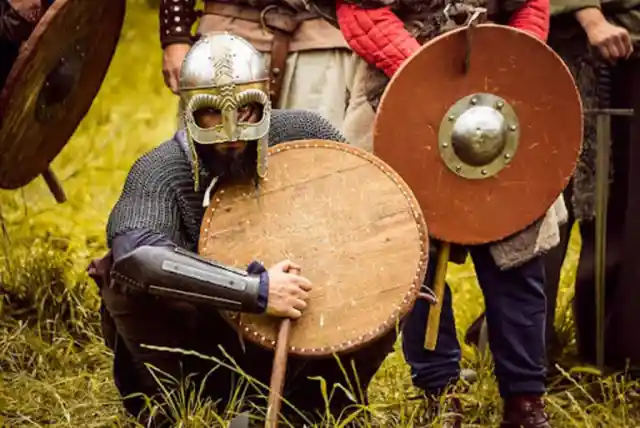
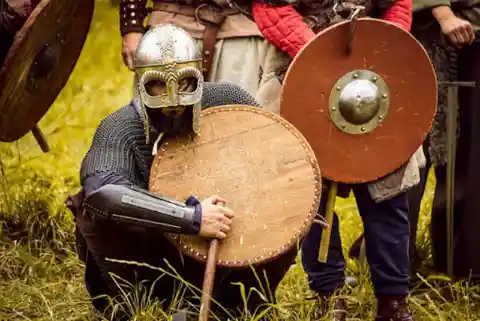
“Viking” is an Old Norse word that roughly translates as “piracy.” Back in the Viking days, it was a verb that described something you did – you went on a “viking” to another country to steal and destroy. Most likely, the Vikings were known as the Norsemen, Norse, or Danes.
Vikings Were Surprisingly Hygienic
The common belief about Vikings was that they were dirty. Countless films and TV shows depict Viking men and women covered in dirt as they sneeze and snot all over the place. While they weren’t afraid of dirt, they also weren’t big fans.
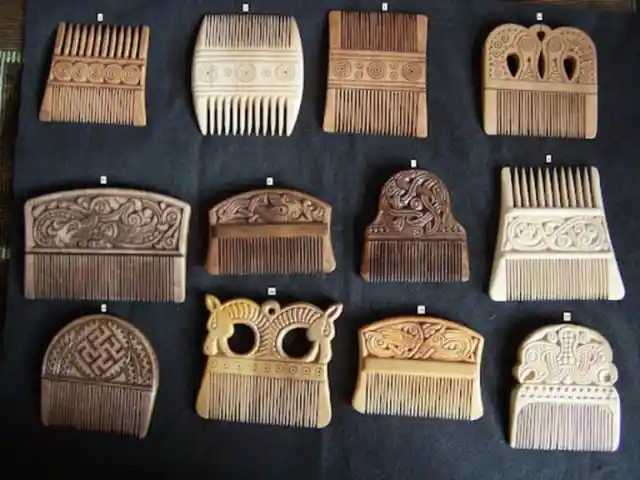
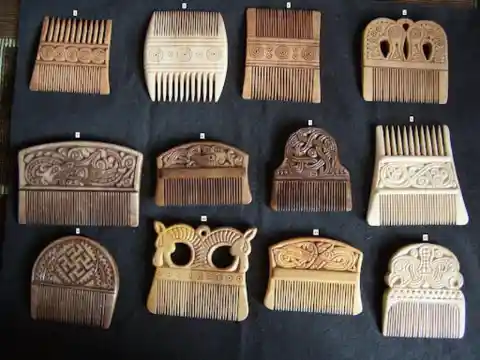
Archeologists digging up Viking sites have found loads of tweezers, combs, razors, and even cleaners for removing wax from their ears. Contrary to their Anglo-Saxon neighbors who rarely if ever took a bath, the Vikings bathed on a weekly basis. They also loved a nice soak in a hot spring.
Vikings Developed a Unique Method for Starting Fires
The Vikings were a very resourceful bunch. Rather than waste their, well, waste, they decided to use it to start fires. First, they would gather a special kind of fungus from tree bark. Second, they would mix that fungus with their own urine and let it boil for a few days.
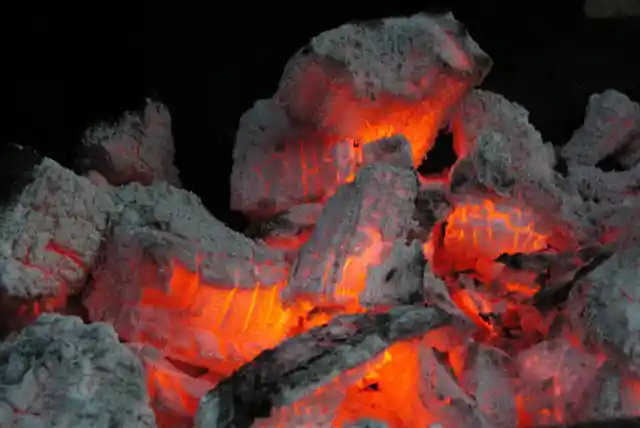

Third, they would smash the mixture together until it had the texture of felt. Rather than burning up in a few hours, it smoldered for a few days. This allowed the Vikings to take it along with them on long (and cold) journeys.
Vikings Captured and Sold Enslaved People
The Vikings had no moral qualms about capturing and selling enslaved people. During their semi-regular raids on Celtic, Slavic, and Anglo-Saxon villages and towns, the Vikings had their eyes open for women and men to capture and sell.
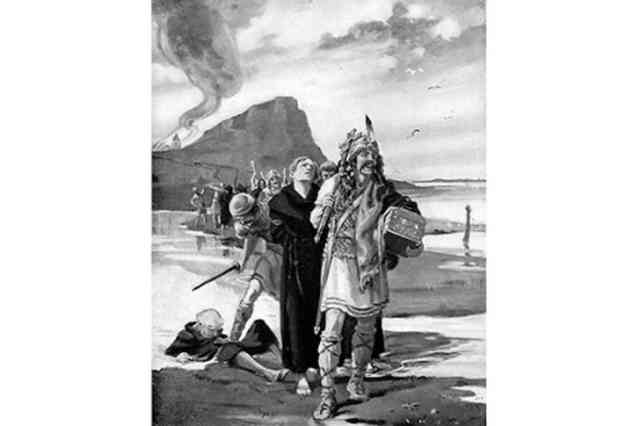
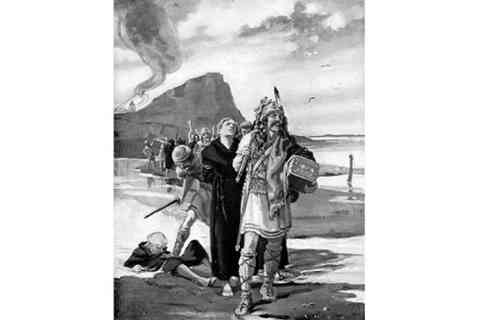
Once the raiding was over, the Vikings would bring these enslaved people (called “thralls” in Old Norse) to massive markets in Ireland, Sweden, Denmark, and other places. From there, the enslaved people went to other parts of Europe and the Middle East.
Vikings Have Things to Attend
Quite literally, Vikings had to attend things they called a “thing.” These “things” were usually held in government halls where the free men gathered to elect leaders, agree on trade deals, settle disputes, and do other, well, things.
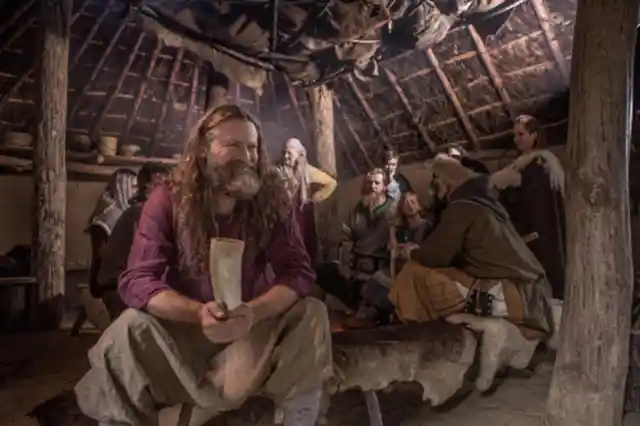
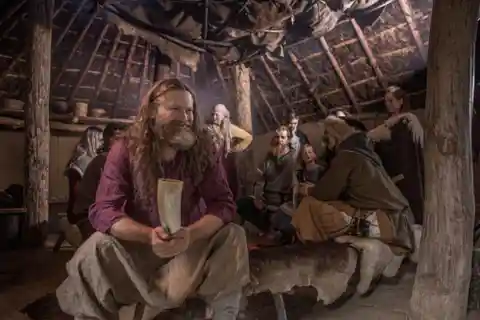
The word “thing” is still used to refer to assembly halls in the Scandinavian countries the Vikings used to live in. For example, there’s the “general thing” (Alting) in Iceland, the “people’s thing” (Folketing) in Denmark, and the “great thing” (Storting) in Norway.
Vikings Farmed More Than They Pillaged
If you only watched popular portrayals of Vikings, then you might assume that their entire lives were made up of drinking, sailing, and fighting. Although those three activities were no doubt important to them, another far more mundane activity took up most of the time – farming.
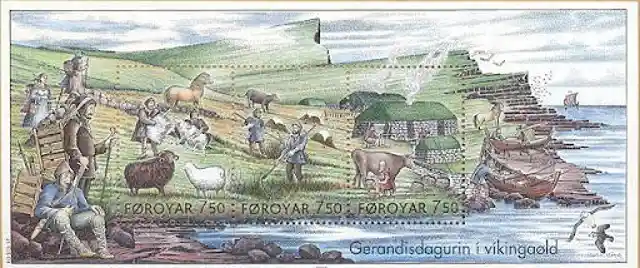
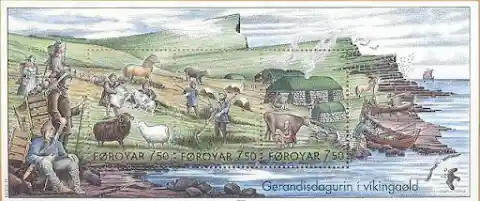
Instead of cutting down men with swords, they spent most of their time cutting the grass with scythes. Alongside planting and harvesting barley and rye, many Vikings kept cattle, pigs, and other livestock to feed their families.
Blonde Hair Was All The Rage
Every culture has its own understanding of what is considered beautiful or handsome. For the Vikings, blonde hair was ideal. To live up to that ideal, Viking men born with dark hair took matters into their own hands.
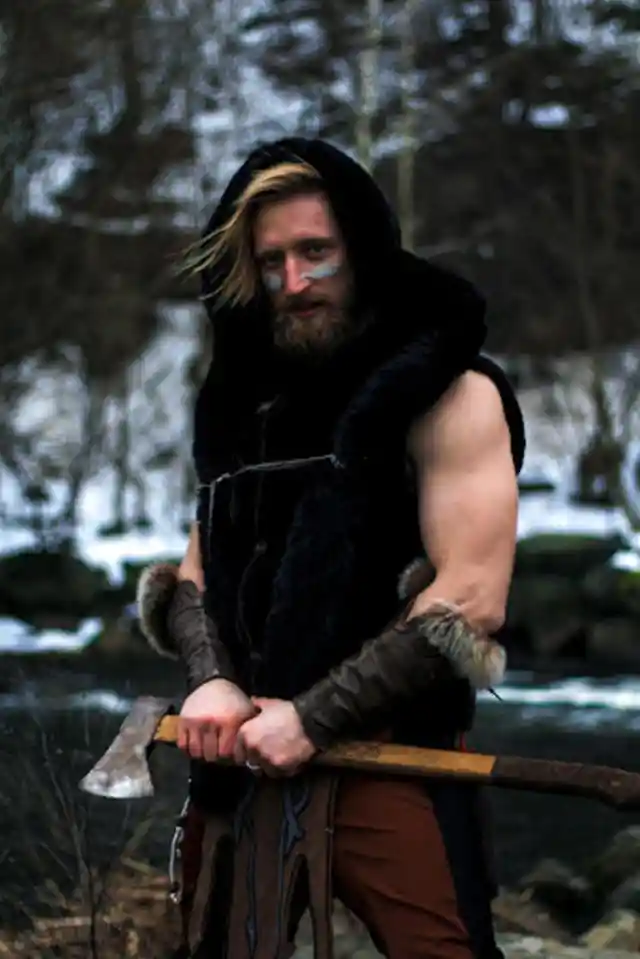
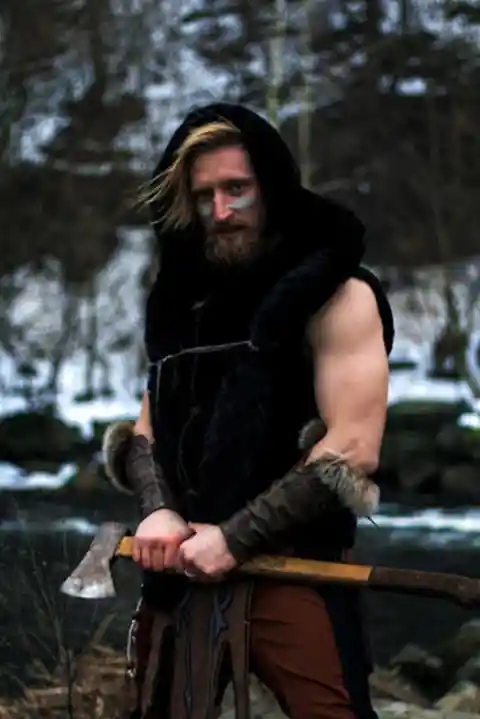
More specifically, they bleached their dark hair with a strong soap. Sometimes they applied a bit of the soap to their beards as well. Alongside raising their status by making them blonde, the strong soap had the added bonus of keeping their hair free of head lice.
Vikings Weren’t Unified
Although the term “Viking” makes it seem like they were all one big happy family, that was far from the truth. The people that we call “Vikings” were far from unified. At the time (roughly 8th to 11th centuries CE), the Scandinavian lands of Sweden, Norway, and Denmark were split into dozens of small groups.
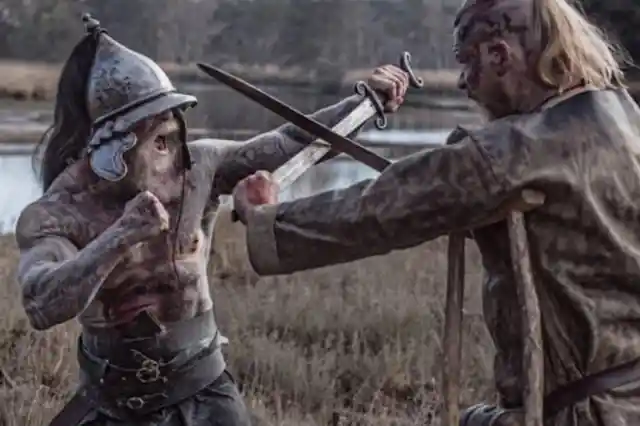
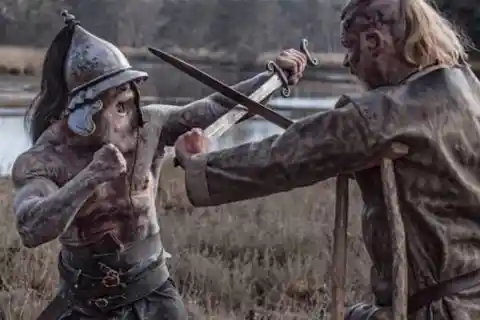
When these groups weren’t farming or fighting other groups in foreign places, they were battling with each other over land and resources. Loyalty was to their specific group not to everyone who lived on the same land.
Vikings Occasionally Went Berserk
The modern word “berserk” means to get out of control. It traces back to certain Vikings who got out of control during their raids. Rather than your regular warrior (which was scary enough), these berserk Vikings would don wolf or bear skins as they howled and fought.
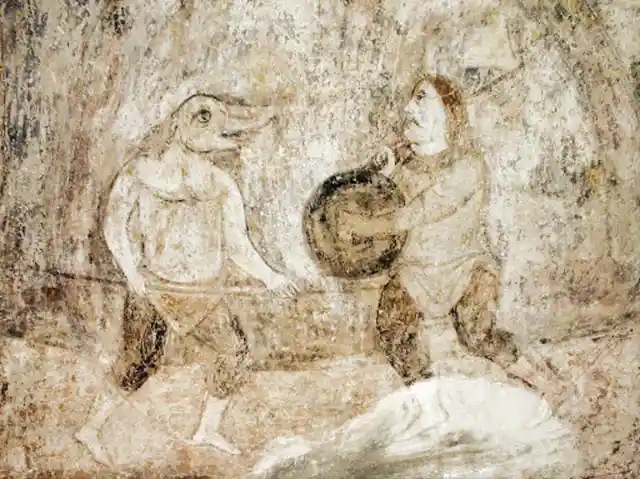
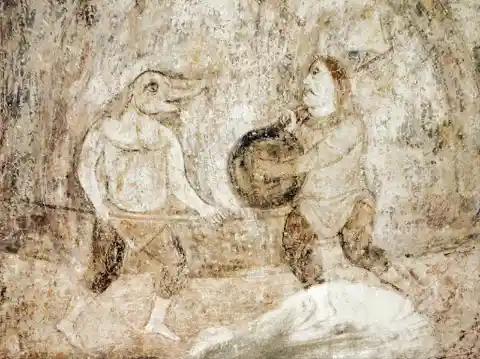
It seems these berserkers went into some kind of trance that may have been caused by alcohol or psychedelic substances. Quite a few sagas and poems from the time attest to their scary power.
Viking Gods Gave Us Days of the Week
The names we use to count the days of the week stretch back over 1,000 years. Most (but not all) derive from the names of Viking gods. For example, the name “Tuesday” comes from the war god Tyr. Wednesday, or “Woden’s Day,” is named after the god Woden.
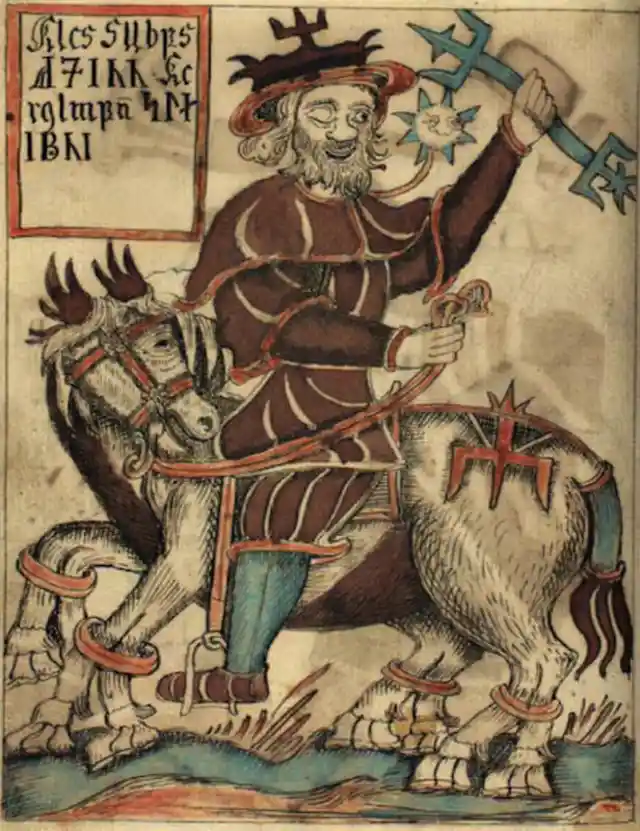
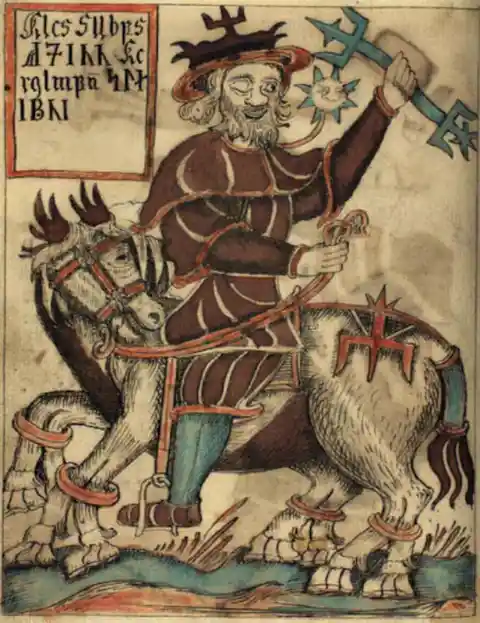
Thursday comes from Thor, the infamous thunder god of Norse mythology (and, nowadays, famous Marvel superhero). Frigg, the goddess of marriage and motherhood, is the source of our word “Friday” (or Frigg’s day).